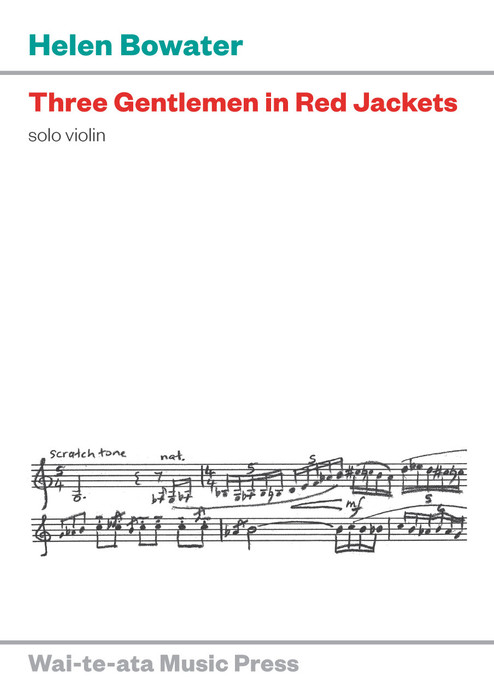Description:
These pieces were inspired by the music of the Roma (Gypsies). The title refers to a comment from Debussy, who wished to listen to gypsy musicians at a Paris hotel tearoom, calling them ‘gentlemen in red jackets’. These pieces may be played separately or as a set, the preferred order of performance being Zingaro, Atsinganos then Lautari.
Zingaro (Italian for Gypsy) is a term derived from the Greek ‘Athinganoi’, which refers to itinerant Roma who first migrated from India to Europe in the ninth century. Zingaro was composed in 1988, and was premiered by Mary O’Brien in an Auckland CANZ concert in 1990. It has also been recorded by Mark Menzies on Wai-te-ata Music Press CD WTA001: A Violin and Piano Recital.
Atsinganos (Greek for Gypsy) was written during the composer’s term as the Jack C. Richards/Creative New Zealand Composer-in-Residence at the New Zealand School of Music (2008–9). Atsinganos was commissioned by Mark Menzies to complete the triptych of Gypsy-inspired pieces. It is influenced by traditional music heard by the composer while in Crete. Kees Hilhorst gave the premiere of Atsinganos in 2009 at a house concert at Philip Trusttum’s studio in Christchurch, New Zealand.
Lautari was composed in 2003 for Mark Menzies, who gave the premiere at the 2007 Nelson Composers Workshop.The lăutari are a clan of professional Roma musicians, and the most famous ensemble (‘taraf’) is the Taraf de Haïdouks or ‘Band of Brigands’. Their performance of Nicolae Neacşu’s song Balada Conducatorolui (‘Ballad of the Dictator’), about the oppressive dictator Nicolae Ceauşescu (1918–89), provided the initial inspiration for this piece.
 Loading... Please wait...
Loading... Please wait...
